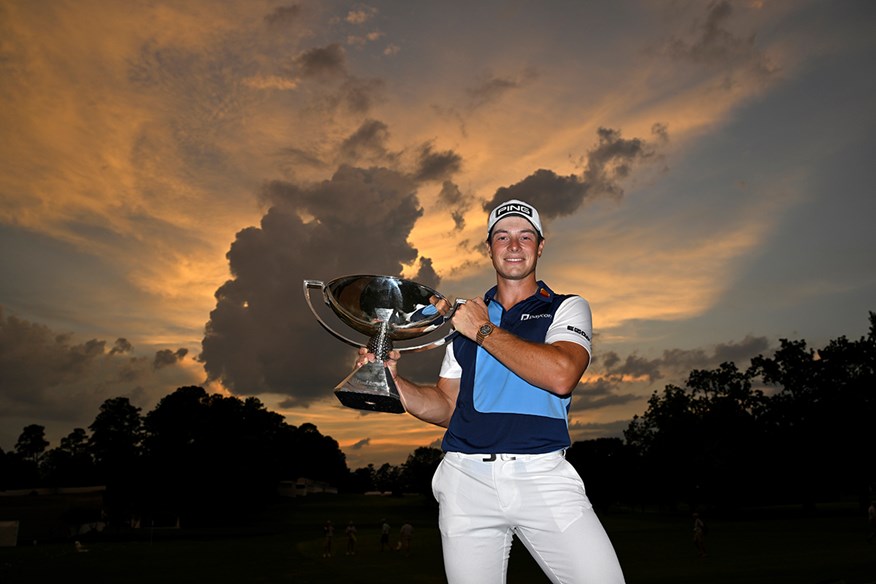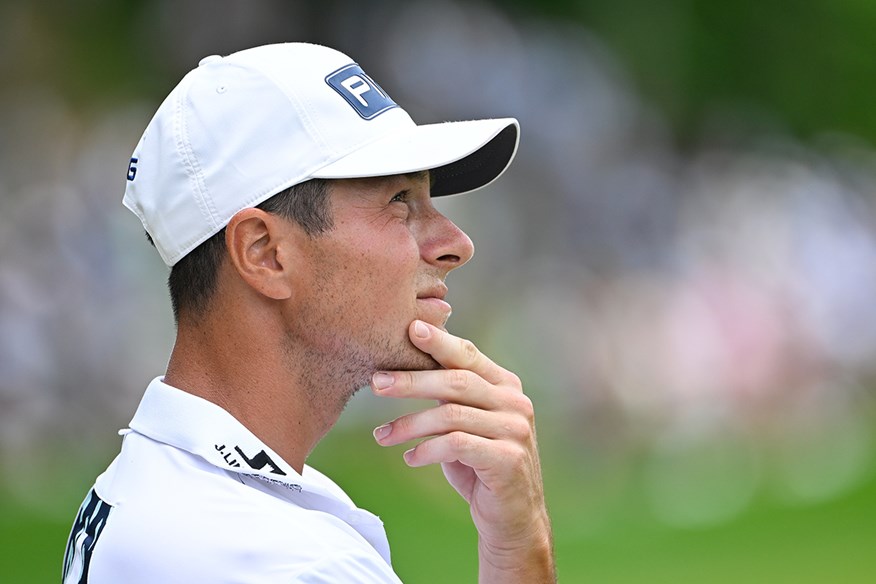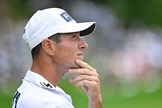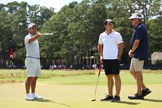The 18 lessons driving FedExCup Champion Viktor Hovland’s bid for Major glory
Last updated:
Viktor Hovland has achieved more in five years on tour than most players manage in a lifetime. Now, as he bids to recapture the form that saw him win three times last summer, the J.Lindeberg ambassador reveals the reasons behind his coaching changes, and why he needed a Las Vegas reunion to get his confidence back.
Viktor Hovland has come a long way from the days he spent honing his swing by watching YouTube videos and beating balls in a converted air hangar in Oslo, Norway. He was 18 when he left for the bright lights of America and just 22 when he broke a longstanding Jack Nicklaus record by posting the lowest 72-hole score by an amateur in US Open history.
Now 26, he has gone onto greater heights since then, winning 10 times in four years and acquiring cult-level status because of his wit and relatability as a true golf nerd. In his first DP World Tour event as an amateur, he played the first round with a deliberate pause at the top of his backswing and shot a bogey-free 68. When his coach asked how long he had been doing it, he replied: “Since this morning.”
Time spent in his company reveals the extent of his curious mind, as well as the fanatical approach to theories and physics that led him away from – and then back to – his swing coach Joe Mayo this year. Their recoupling brought about an immediate return to form at the PGA Championship, which has given Hovland optimism that he may be about to hit his stride ahead of his FedEx Cup defense next month.
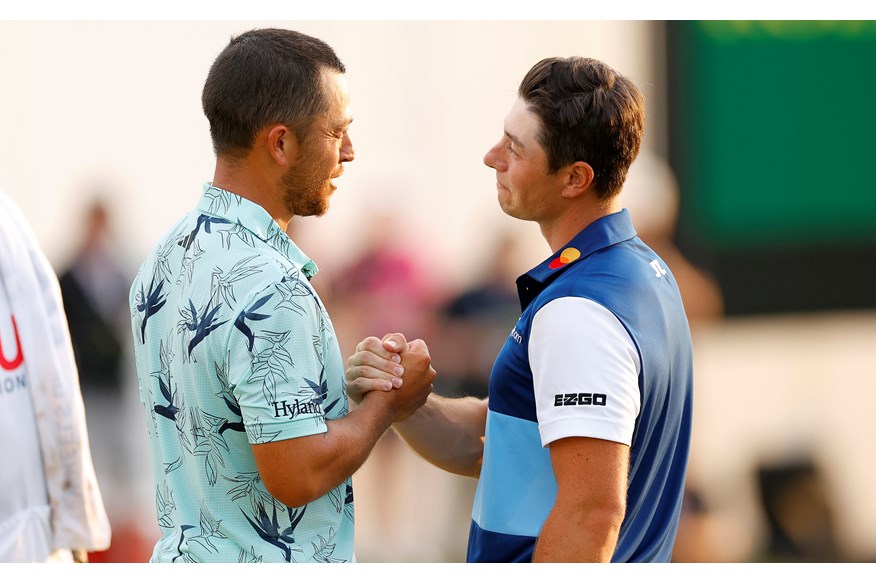
Here, in his own words, he reflects on what he’s learned so far, the ‘rabbit holes’ he’s gone down, and why he’ll be adopting a new strategy next time he’s in the hunt at a Major Championship…
Knowledge is power
I remember growing up and loving the game of golf. I started by going on YouTube and Googling stuff. I found a couple of guys that I liked, and then I started to learn what they teach, and how they teach. Then that led me to another guy, I started reading his stuff, seeing how that contradicts the other guy. So it was definitely a huge process there of trying to learn as much as possible.
What got me really deep into it was reading Kelvin Miyahira’s articles online when I was, like, 15 or 16. He was kind of the first guy I had seen who started to talk about biomechanics in the golf swing. I really liked that level of detail in describing the golf swing, and what the actual body parts are doing.
Now, I’m not trying to spend too much time reading about that, it’s more about how can I use that information to improve my own golf swing. At the end of the day, I’m a golfer and I’m trying to help myself, I’m not trying to understand everyone else’s golf swings. But I think it’s neat to have an understanding of that stuff. The more information you have, in my opinion, well that can only help you.
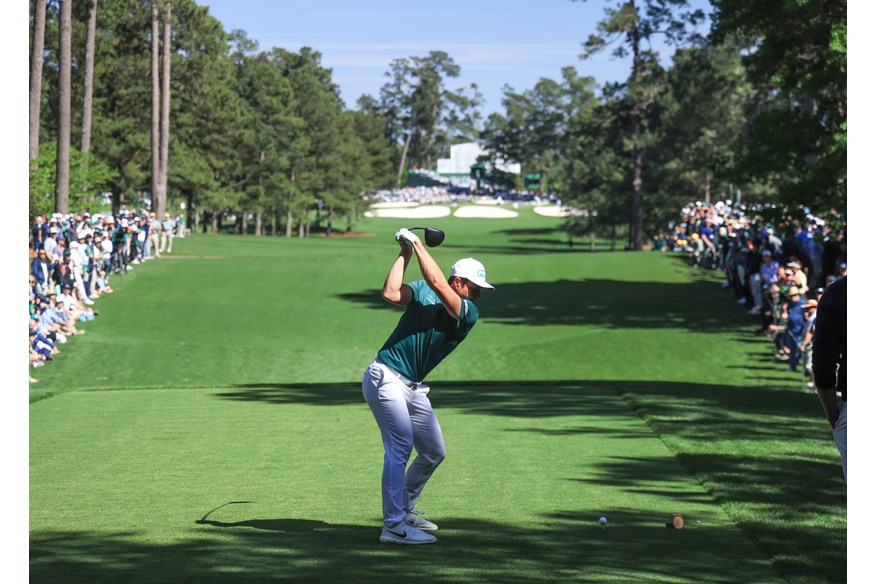
Being inspired
I think every kid my age kind of looked up to Tiger. I just remember watching all the YouTube highlights, watching his fist pumps and all that stuff. He was a big inspiration, of course. Henrik Bjornstad, the first male golfer from Norway to play on the PGA Tour, and Suzann Pettersen kind of showed that it was possible to come from Norway and play golf professionally. Just because we have bad weather, that doesn’t mean we can’t compete!
Practicing whatever the weather
I used to play golf for hours every day after school. I lived about 10 minutes from Drobak Golf Club in Norway and you tend to get about 18 or 19 hours of daylight in the height of summer. In the winter, it’s more like six or seven so when the courses were closed, I was usually one of the first to go to an indoor hitting bay and pound ball after ball. That’s kind of how I work. I have to be doing something every day. I don’t like taking a load of time off.
Growing up in Norway
You’re so far away from everything. The quality of the golf courses is not quite the same. The season is not very long. You add all those things up and it’s very hard to play golf for a living. But I would say I used the time very well. During the time that I was indoors, I worked a lot on my golf swing. I tried to find some ways to get better, even though my facilities were a little bit limited. I sought out people that I could learn from. So, in a way, maybe it teaches you other things that I wouldn’t have learned if I lived in the United States and I grew up on some country club. You kind of take those things for granted.
It helped me when I got to Oklahoma State and we had just a regular day, playing with the guys on the team. I would take every single day very seriously because every day I had at home in the summer, I couldn’t just waste away the day because in a couple of months, it’s winter and I couldn’t play outside.
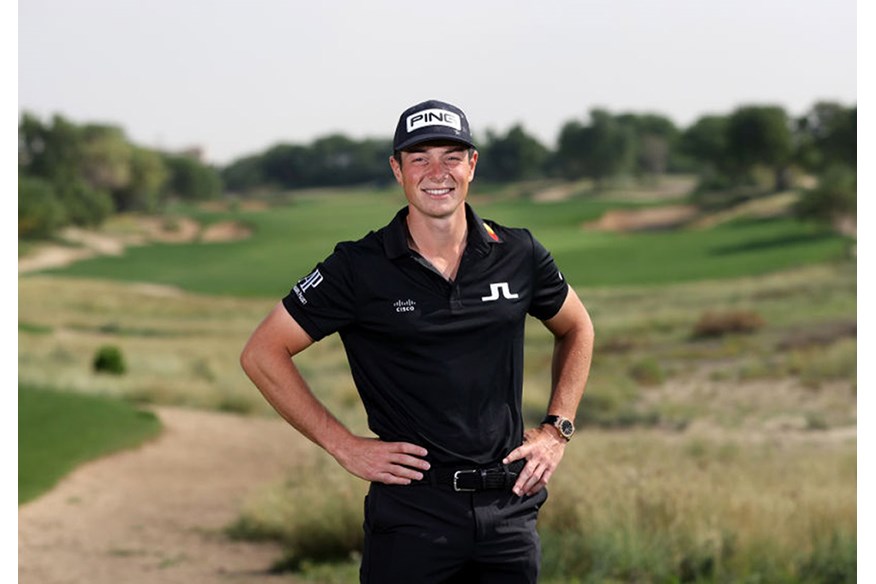
Finding a mentor
I remember my rookie year on Tour, I traveled a lot with Charles Howell III and his family. I played a bunch of practice rounds with him, even though he liked to play a little bit earlier than I do. He took me under his wing and I just fired a bunch of questions at him, and he answered honestly. Obviously, being out here for so long, it’s not about technical stuff. It’s more the smaller things, how you handle yourself, how you handle your business, and just kind of believing that you’re good enough to play out there. It’s not so much the tips, but just being around people that have the experience and believe in you, I think that just gives you the most comfort. So I owe a lot to Charles Howell and his family.
Need for speed
One of the best things I did was train my body to swing faster. I used The Stack for a little period of time, because coming out of school I had about a 110mph clubhead speed and a 168 ball speed. Now, I’m cruising at 177 and I can get it over 180 if I need to. Obviously, I’ve grown a little since then, but I’ve made swinging faster a part of my practice swings now, just to get my body going and to heighten my senses.
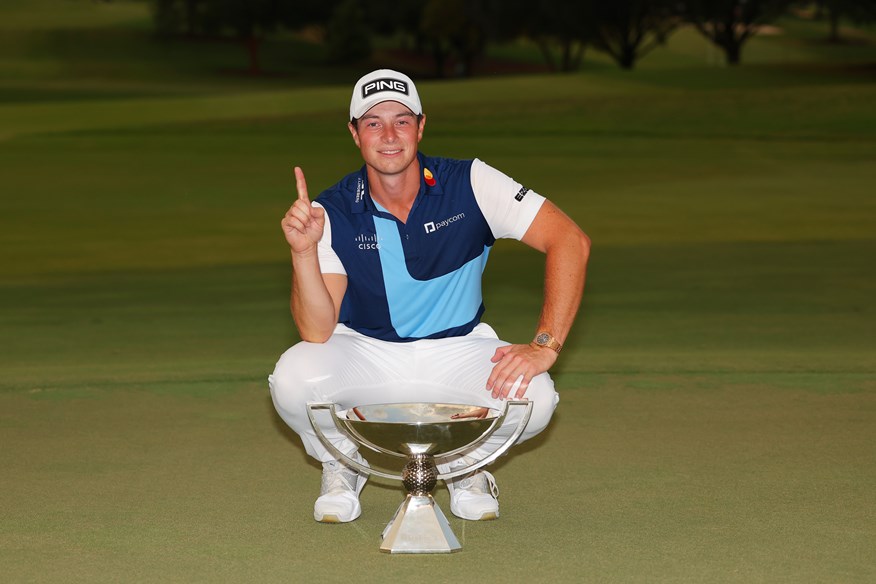
Being in control
I am endlessly curious. I like to ask questions. I don’t think of myself as a critical thinker but I’m always looking to learn something from an interaction or an experience that I have. In golf, there are a lot of variables I can’t control, like different bounces or how much wind there is. But I try to perfect the things I can control so that those outside variables have less of an effect on my golf game.
Tracking stats
I started getting into the stats side of the game two years ago. I played a practice round with Edoardo Molinari at Torrey Pines and that’s really what kicked it off. He’s just a genius. A really smart guy, an engineer as well, and the fact he still plays the game week in, week out makes him so relatable. One of the biggest things we uncovered was that even though I am an above-average iron player, I was short-siding myself with 7-irons to pitching wedge at a way higher clip than the average golfer.
What that was telling me was that my course management or my strategy was way too aggressive hitting into the greens. If you want to be one of the best players in the world, the stats show that you need to be super aggressive off the tee and more conservative going into the greens. Learning that and recognizing the value of hitting into the center of the green, especially in Major Championships, has made me a much better player.
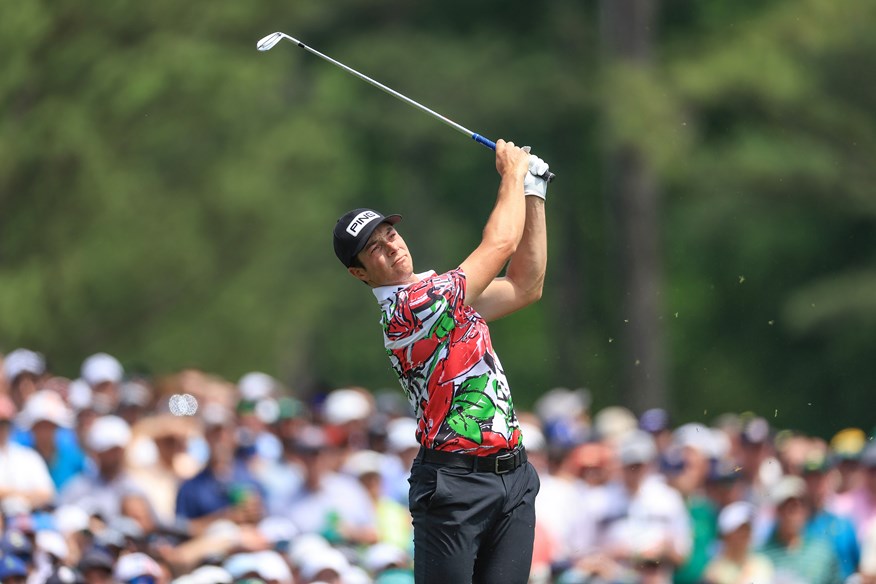
Exceeding expectations
I got to the pinnacle of what my golf swing was able to do last year. I kept looking back at my swings from 2020, and 2021 and I just really had more control of the golf ball. During the Scottish Open and The Open last year, I was on the range for probably seven, or eight hours after every single round, just trying to kind of figure it out a little bit. So, honestly, it came as a little bit of a surprise that I was able to win the FedEx Cup right after that.
Building a sustainable swing
Even though I was playing great golf last year, I felt like I had to work a little bit too hard for it. Obviously, that’s a subjective feel and while it was giving me a lot of good results, I didn’t necessarily feel like the ball was doing what it should be doing. That gave me some insecurity.
Confidence is everything
For the last six months, I’ve been trying to figure out the golf swing a little bit, to get to a place again where I can predict the ball flight. I went to see Joe, my coach, in Las Vegas, in between Wells Fargo and the PGA, and it took 30 minutes on the range for me to see the shots that I wanted to see. There was this one thing that was slightly off, but Joe was able to identify that as the missing piece.
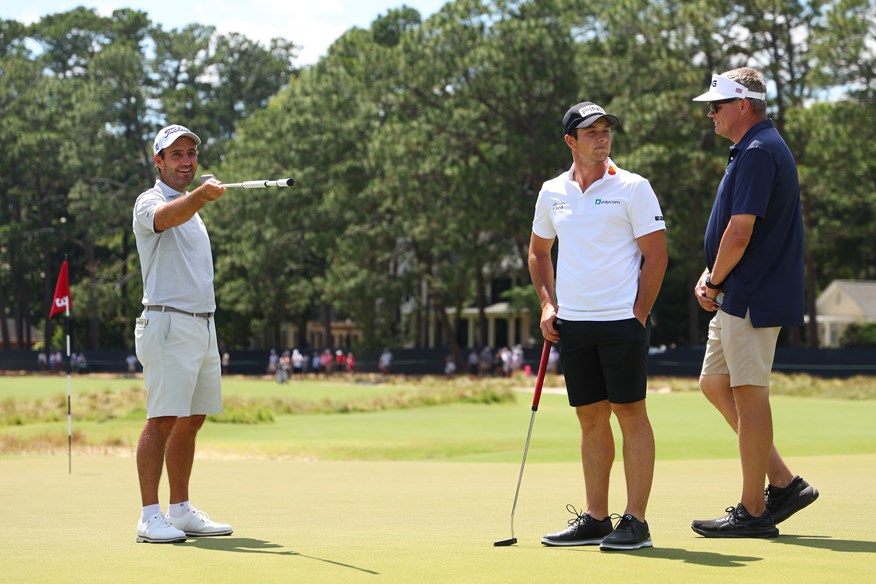
He kind of sees the whole puzzle and he’s given me my confidence back. I think that’s what we saw at the PGA. I was able to see the ball starting left and curving to the right without worrying about a two-way miss. All the feels are there, which is a way easier place to play golf from.
Fixing flaws
It’s no secret that I’ve never been great around the greens, and to play at the highest level it’s very difficult to beat the best players in the world if you can’t get the ball up-and-down, especially when the courses get tough. Last year Joe explained the physics of why I didn’t have a great short game. It wasn’t because I wasn’t talented enough. I was essentially just getting a little too shallow into the ball and getting way behind it. That’s great if you want to hit long drives. But around the green you want to slow the ball down, so you want to do the opposite of what you do to hit a drive.
When he explained that, it just kind of clicked to me. I was able to do it right away on the practice green. Obviously it takes a while for it to feel comfortable and to do it in tournaments, but it’s just a matter of putting the work in.
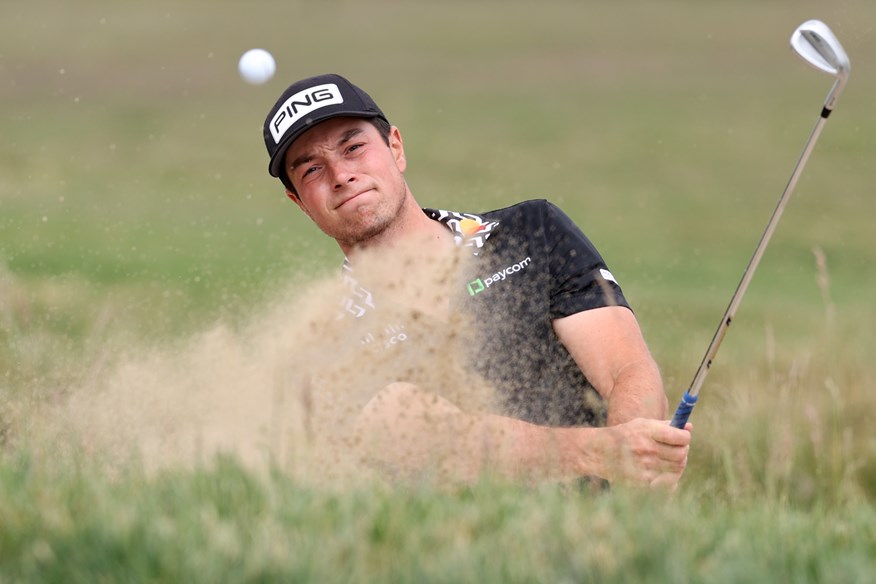
Learning new skills
I’m not a guy who sets a lot of results goals. I’m more of a process-driven guy. Right now, my focus has been on getting the golf swing back in check, at least to where it was last year. And I feel like I’m really close to doing that. I’m hitting it a lot better in practice and short game wise, I’m getting close to where it was last year as well.
We’re also trying to add one shot – a higher-lofted pitch shot – which will allow me to stop the ball a lot quicker when I short-side myself. I’ve realized that I can’t rely on hitting a low spinner, so I’ve been practicing swinging faster so I can pop the ball straight up in the air. It’s a work in progress, but that will be a very valuable shot to have.
Gaining some perspective
I cherish being able to hit the shots exactly the way I want to. I think it’s a better predictor of how you’re going to play in the future. At the end of the day, we’re golfers, we’re not ball strikers. So, I think I’ve got to pat myself on the back and say, “OK, even though my swing doesn’t feel great right now, I can still compete.”
That’s very important to remember, but at the same time, you want to play well every week. The way you play well every week is with good ball striking. Sometimes you make some silly up-and-downs or a couple of 50-foot putts, but you’re not going to do that consistently. But if your swing and fundamentals are in a good spot, you can actually be in those situations every single week.
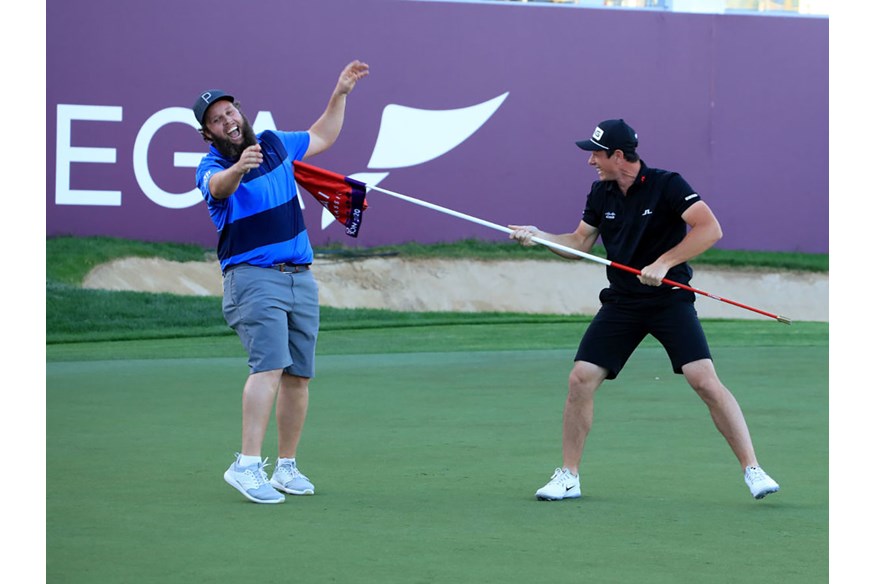
Trying new things
I’m a completely different player than I was when I first came out on tour. Every single thing that I’ve done since turning pro has led me to become a better player. I got a longer driver, I fastened my backswing, I got a little bit stronger in the gym, I started doing AimPoint on greens. Whatever it might be, every single thing that I’ve done has helped me to play better golf.
I don’t think I need to completely throw the baby out with the bath water, but maybe I do need to spend a little bit more time and make sure that if I’m going to go in a different direction, it’s maybe a little bit more planned out or with more data supporting that decision. The classic saying is, “If it ain’t broke, don’t fix it”. You do need a very good and valid reason to try to change something if it’s already working, but I do kind of think my track record speaks for itself.
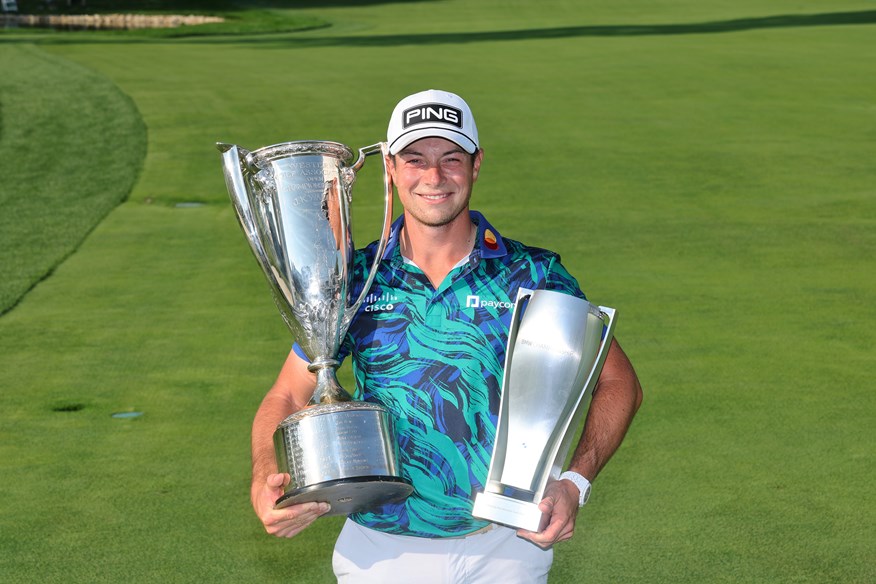
Staying patient
I know I finished second at the PGA in 2023. And being in the final group with Rory at St Andrews (in 2022)… Those were huge moments. I definitely felt like if I were to play those tournaments again or that last round again, it would have been a slightly different result. But at the same time, I try not to think of it as a disappointment or things that are going to haunt me for the rest of my life. I had an opportunity and it didn’t work out.
What can I take from that experience and change the next time I have that opportunity? When you break it down, you don’t have that many moments when you’re in the final group of a Major Championship. You kind of have to seize those opportunities. But the more you think about that and think, “Man, I better not blow it again this time”, that’s not really conducive to your goal. It comes back to the belief.
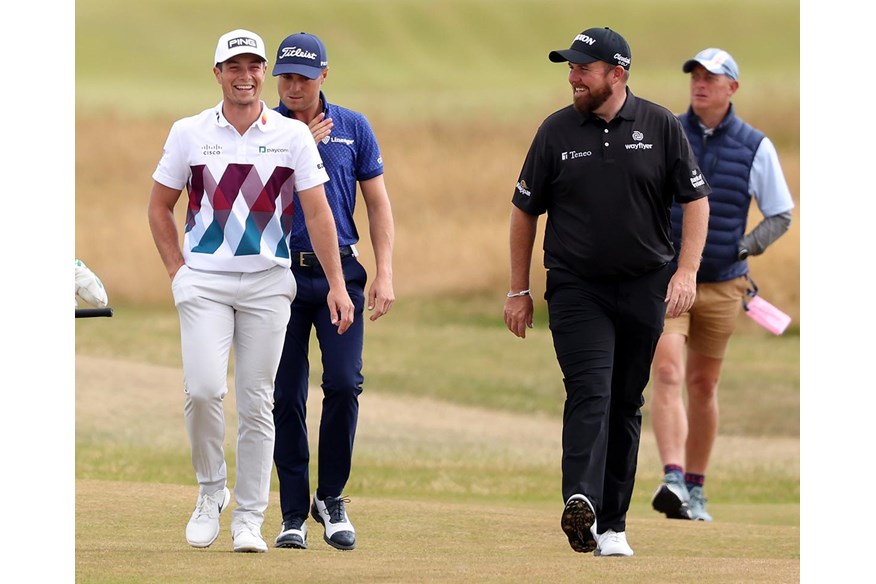
Making memories
The Ryder Cup was awesome. Obviously winning The Tour Championship was more important for my career but the memories from Rome, I’m going to remember those moments for a lot longer and those memories are a lot stronger than the Tour Championship.
Everything was just perfect from our perspective that week. Luke did a great job. Everything was just so prepared, and when we got to that week, it was smooth. We all knew what we were going to do. We had a plan and we just trusted the process. Even from the American side, they all thought it was a great Ryder Cup, regardless of the result. It was just a great event, and to share it with all the people that were a part of it, it doesn’t get any better.
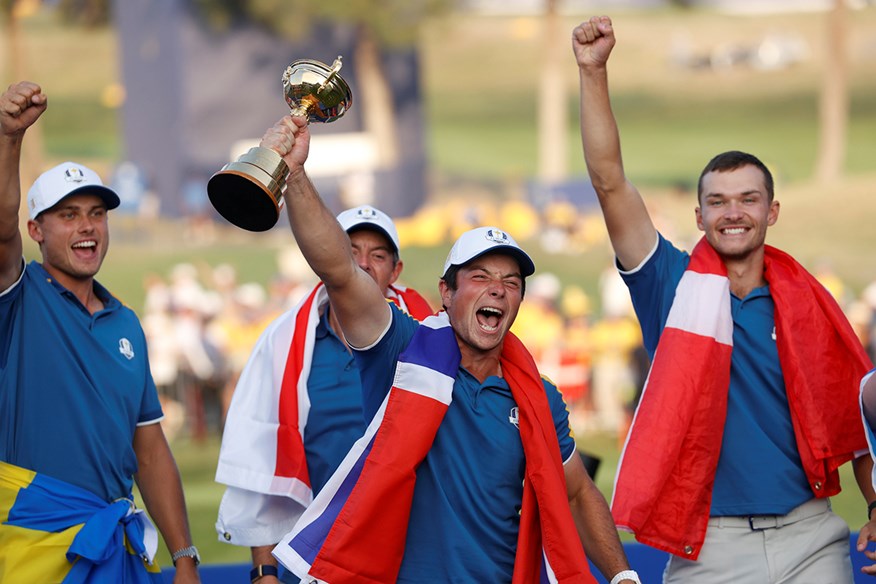
Being smart
I feel like I’m getting a lot calmer and more relaxed in those high-pressure moments. Previously when I’ve been in one of the final groups of a Major, I’ve maybe been a little immature and tried to take on a risky shot, thinking that I need to do something incredible to win. But I’ve reached a level now where I don’t have to utilize that ‘all or nothing’ strategy.
I’ve learned that playing boring, kind of simple golf will give me a very good shot at winning. I can’t control if Xander Schauffele or someone else shoots seven-under or whatever it is. If they beat me, that’s OK. But I’m not going to hand the trophy to them because of the mistakes I make. If you think back to Tiger Woods, he would hit a lot of greens, make a lot of pars, and almost force his opponent to make the mistake. That’s kind of my thinking now.
